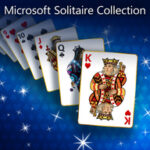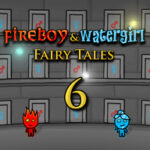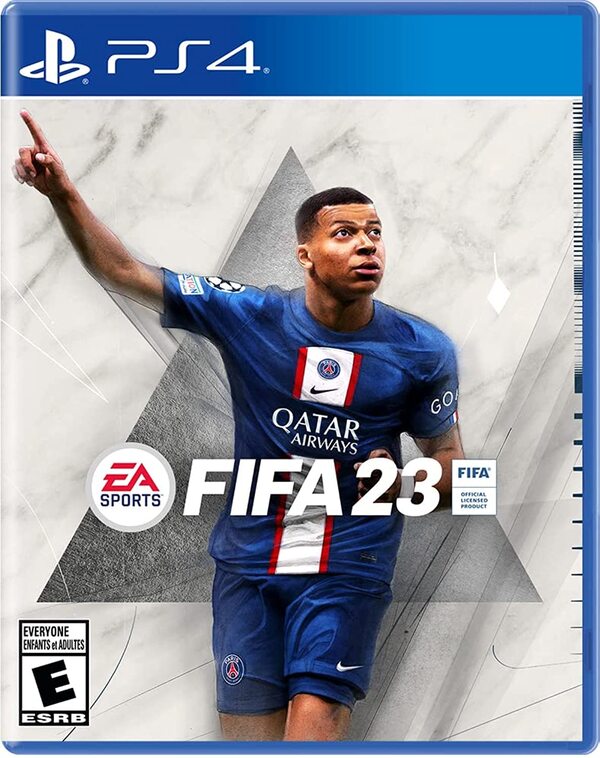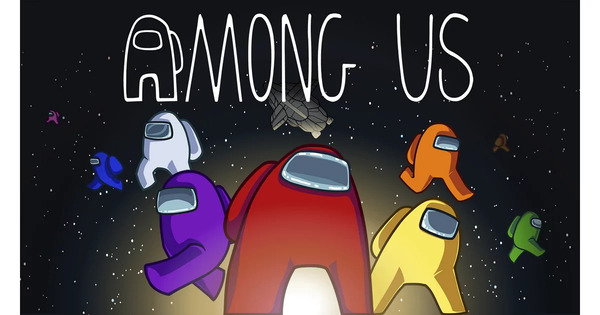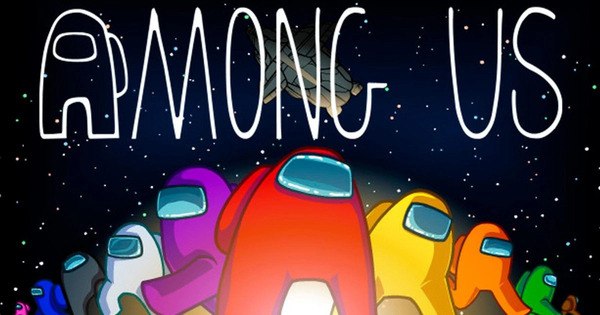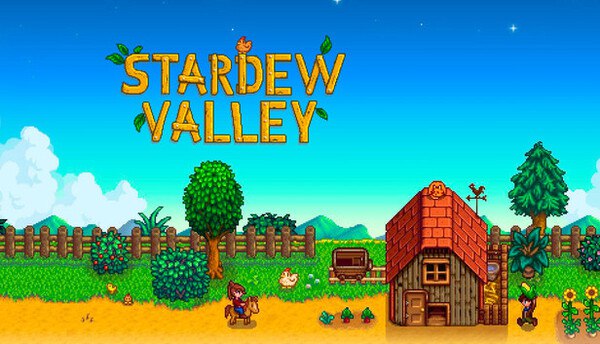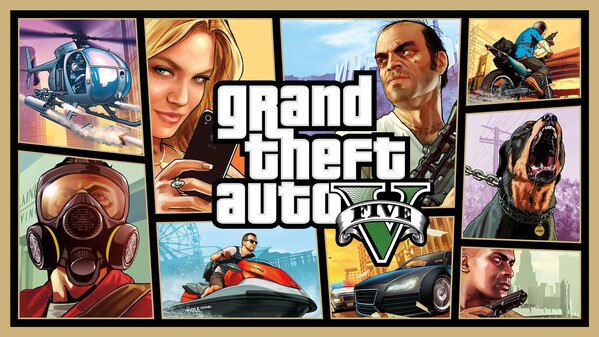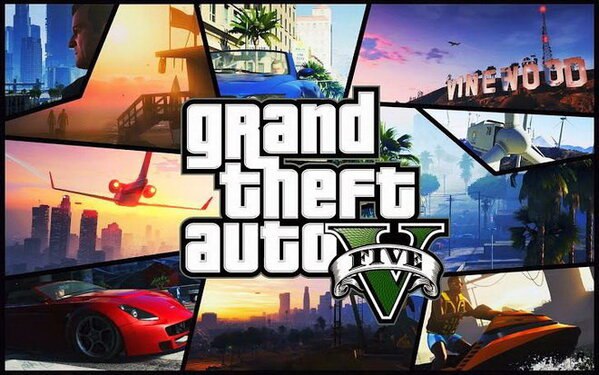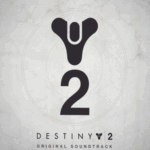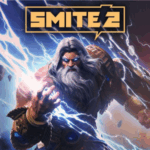Smite 2 is the highly anticipated sequel to Hi-Rez Studios’ third-person MOBA (Multiplayer Online Battle Arena), aiming to modernize the original game while preserving its unique mythological appeal. With a revamped engine, reimagined mechanics, and cross-platform support, Smite 2 represents the next evolution in the franchise that brought gods and legends into strategic, action-packed team battles. The game builds on the foundation of Smite while embracing technological advances and community feedback to deliver a deeper, smoother, and more immersive competitive experience. Whether you're a returning veteran or a new challenger, Smite 2 offers a divine blend of myth and modern esports combat.
1. From Smite to Smite 2 – Why the Sequel Matters
Smite originally launched in 2014, distinguishing itself from other MOBAs by offering a third-person perspective rather than the top-down view common to titles like League of Legends or Dota 2. Over the years, the game attracted millions of players and a solid competitive scene, supported by consistent updates, seasonal events, and new gods from pantheons around the world. However, as technology and player expectations advanced, the original engine—Unreal Engine 3—began to show its age. Smite 2 emerges as a full-fledged sequel built on Unreal Engine 5, promising not just graphical enhancements but also gameplay improvements, cross-play innovation, and long-requested quality-of-life updates. Rating: 4.8 out of 5 for timing and franchise vision
2. Gameplay Overhaul – What’s New in the Battleground
At its core, Smite 2 remains a third-person, team-based MOBA where players select gods from global mythologies and compete in structured 5v5 matches. The sequel introduces a number of mechanical and design improvements, including a reworked ability system, enhanced map layout, and smarter minion AI. Combat feels more grounded and tactical, with better animation fluidity, more weight to movement, and clearer visual feedback on abilities. The in-game economy has also been adjusted for better pacing and strategic variance. Additionally, Smite 2 is focusing on improving god balance and ability depth, ensuring that each match offers more dynamic play and fewer stale metas. Rating: 4.7 out of 5 for gameplay refinement
3. Graphics and Engine Upgrade with Unreal Engine 5
One of the most significant upgrades in Smite 2 is the visual presentation powered by Unreal Engine 5. The game features completely redesigned character models, updated effects for abilities, improved lighting, and highly detailed maps. Gods look more lifelike and imposing, with animations that enhance readability and immersion. The battlefield is more dynamic, with ambient effects like fog, weather, and destructible elements contributing to a richer experience. Environmental storytelling is enhanced, making the lanes and jungle feel like living parts of a mythic world. With support for next-gen consoles and high-end PCs, Smite 2 finally delivers the visual fidelity that the franchise has long deserved. Rating: 4.9 out of 5 for graphical innovation and atmosphere
4. God Roster and Reworks – Old Favorites, New Legends
Smite 2 features a selection of gods from the original game, but not all of them return immediately. Hi-Rez has taken a curated approach, reintroducing popular gods with reimagined kits, refined roles, and new visual identities. For example, gods like Ymir, Anubis, and Bellona have received deep ability reworks that make them more versatile and engaging. At the same time, entirely new gods from lesser-known pantheons are joining the battlefield, diversifying the lineup and offering fresh strategic possibilities. The gods in Smite 2 are designed with modern balance philosophies in mind, avoiding the power creep and redundant roles that occasionally plagued the original game. Rating: 4.6 out of 5 for character design and variety
5. Competitive Integrity and Esports Potential
Hi-Rez is investing heavily in the competitive future of Smite 2. From launch, the game is being built with esports in mind, offering better server infrastructure, improved matchmaking, and dedicated support for tournaments and league play. Spectator tools, replay systems, and ranked ladders are being improved to support both grassroots and professional competition. The decision to make Smite 2 fully cross-platform ensures that skill-based competition isn't limited by hardware. Moreover, players who rose through the competitive ranks in Smite will find Smite 2 offers even more depth, strategic diversity, and responsive gameplay—ideal for both high-level team coordination and solo carry potential. Rating: 4.8 out of 5 for esports readiness and matchmaking design
6. Cross-Progression and Monetization Philosophy
Smite 2 marks a reset in player progression—items, cosmetics, and levels from the original game don’t carry over directly. However, Hi-Rez has introduced a “Legacy System” that rewards returning players with exclusive skins and progression bonuses. This move strikes a balance between fresh competitive starts and honoring loyalty. In terms of monetization, Smite 2 continues with a free-to-play model supported by battle passes, cosmetics, and premium content. However, there is a renewed focus on reducing pay-to-win perception, making skins strictly cosmetic and offering better earnable rewards. Rating: 4.3 out of 5 for player respect and monetization balance
7. Community and Developer Transparency
Hi-Rez Studios has placed community feedback at the center of Smite 2's development. Regular developer updates, live Q&A sessions, and feedback surveys ensure players’ voices are heard. The public test server (PTS) allows users to try new features and provide input before official releases. The developers have also committed to avoiding the mistakes of the past, such as unbalanced god releases or unclear patch directions. Transparency around changes, updates, and roadmaps has improved, helping rebuild trust and encouraging player loyalty. Rating: 4.7 out of 5 for communication and community support
8. Game Modes and New Player Experience
While the primary mode remains Conquest—a traditional MOBA 5v5 lane battle—Smite 2 is expected to feature refined versions of Arena, Joust, Assault, and potentially new experimental modes post-launch. These offer more casual or fast-paced alternatives to ranked play. Importantly, the new player onboarding has been overhauled, with interactive tutorials, role guides, and AI-driven matches that help players learn the ropes without being overwhelmed. Whether you're a casual player looking for quick mythological action or a competitor diving into strategic conquest, Smite 2 caters to multiple audiences without sacrificing quality. Rating: 4.6 out of 5 for accessibility and mode diversity
9. Mythology, Storytelling, and Artistic Direction
Smite has always stood out for its use of real-world mythology—from Greek and Norse gods to Egyptian, Chinese, Hindu, and more. Smite 2 deepens this commitment by adding more lore integration and storytelling elements. Each god now has a clearer mythological background, and players can expect more in-game lore events and questlines. Artistic direction leans into epic fantasy, balancing historical reverence with imaginative flair. This helps distinguish Smite from other MOBAs while making every match feel like a clash of ancient legends. Rating: 4.8 out of 5 for mythological integration and worldbuilding
10. Long-Term Vision and Early Impressions
As of its current pre-launch or early access phase, Smite 2 is generating excitement among long-time fans and competitive players alike. The roadmap includes regular god releases, balance updates, and seasonal content structured to avoid burnout. Early impressions from technical tests show smoother performance, tighter combat, and a visual leap that finally elevates the franchise to modern standards. While it’s still early days, Smite 2 has all the ingredients for a successful reboot: player-driven evolution, competitive ambition, and a unique thematic identity in a crowded genre. If Hi-Rez delivers on its promises, Smite 2 could redefine myth-based multiplayer games for years to come. Rating: 4.9 out of 5 for future potential
Conclusion: Smite 2 as a Reimagined Arena for Competitive Legends
Smite 2 is more than a sequel—it’s a reboot, a renaissance, and a tribute to a decade-long community. It updates the core of what made Smite fun—tight third-person action, mythological flair, and strategic depth—while modernizing visuals, fixing structural flaws, and building an infrastructure for the next generation of online competition. Whether you're a loyalist with thousands of hours in the original or a curious new player drawn by the stunning trailers and rich pantheons, Smite 2 offers something truly divine: a chance to become legend on a new and better battlefield.
Final Overall Rating: 4.7 out of 5
Smite 2 doesn’t just resurrect the battleground of the gods—it redefines it.














